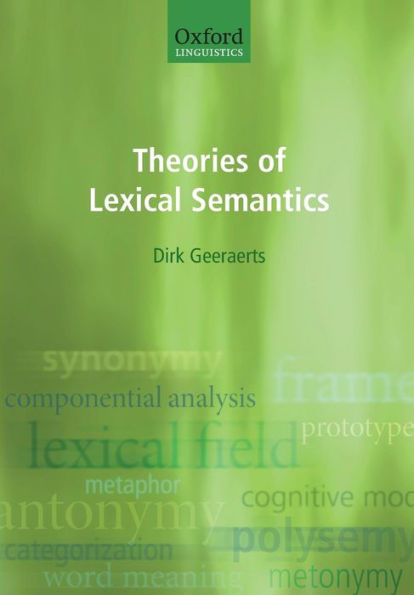5
1
9780198700319


Theories of Lexical Semantics available in Paperback

Theories of Lexical Semantics
- ISBN-10:
- 0198700318
- ISBN-13:
- 9780198700319
- Pub. Date:
- 04/19/2010
- Publisher:
- Oxford University Press
- ISBN-10:
- 0198700318
- ISBN-13:
- 9780198700319
- Pub. Date:
- 04/19/2010
- Publisher:
- Oxford University Press
64.0
In Stock

Product Details
| ISBN-13: | 9780198700319 |
|---|---|
| Publisher: | Oxford University Press |
| Publication date: | 04/19/2010 |
| Series: | Oxford Linguistics |
| Edition description: | New Edition |
| Pages: | 364 |
| Product dimensions: | 6.70(w) x 9.60(h) x 0.80(d) |
About the Author
From the B&N Reads Blog
